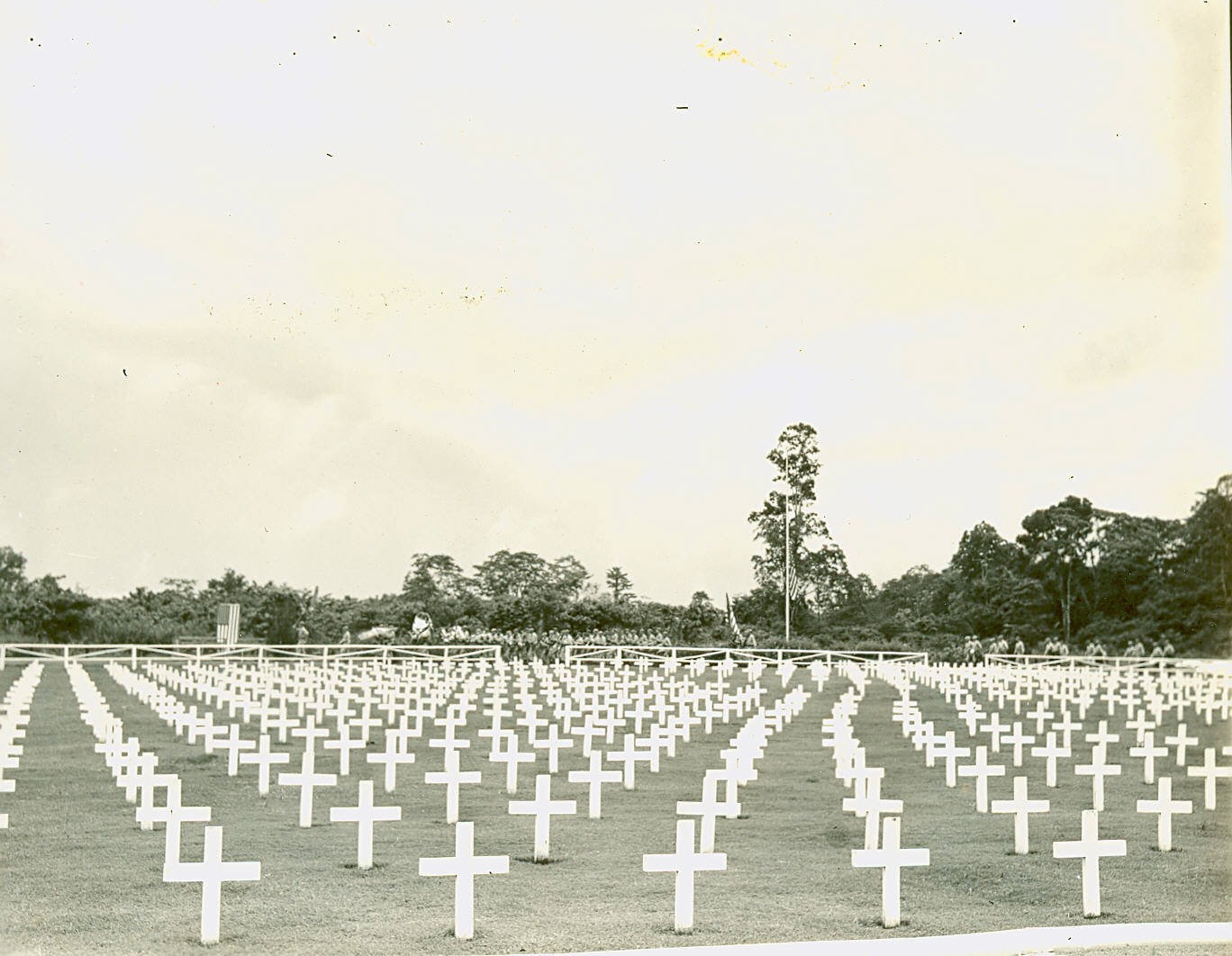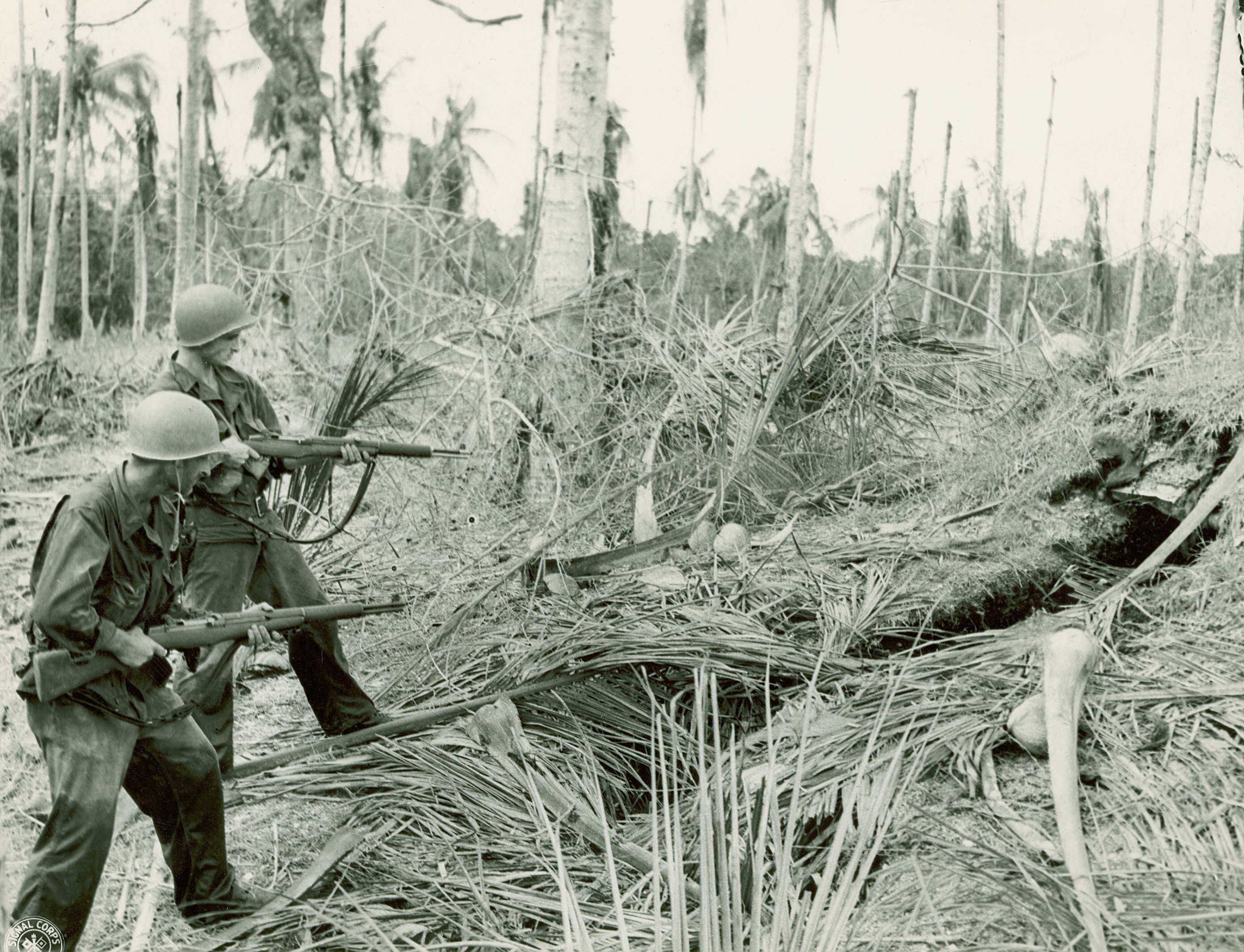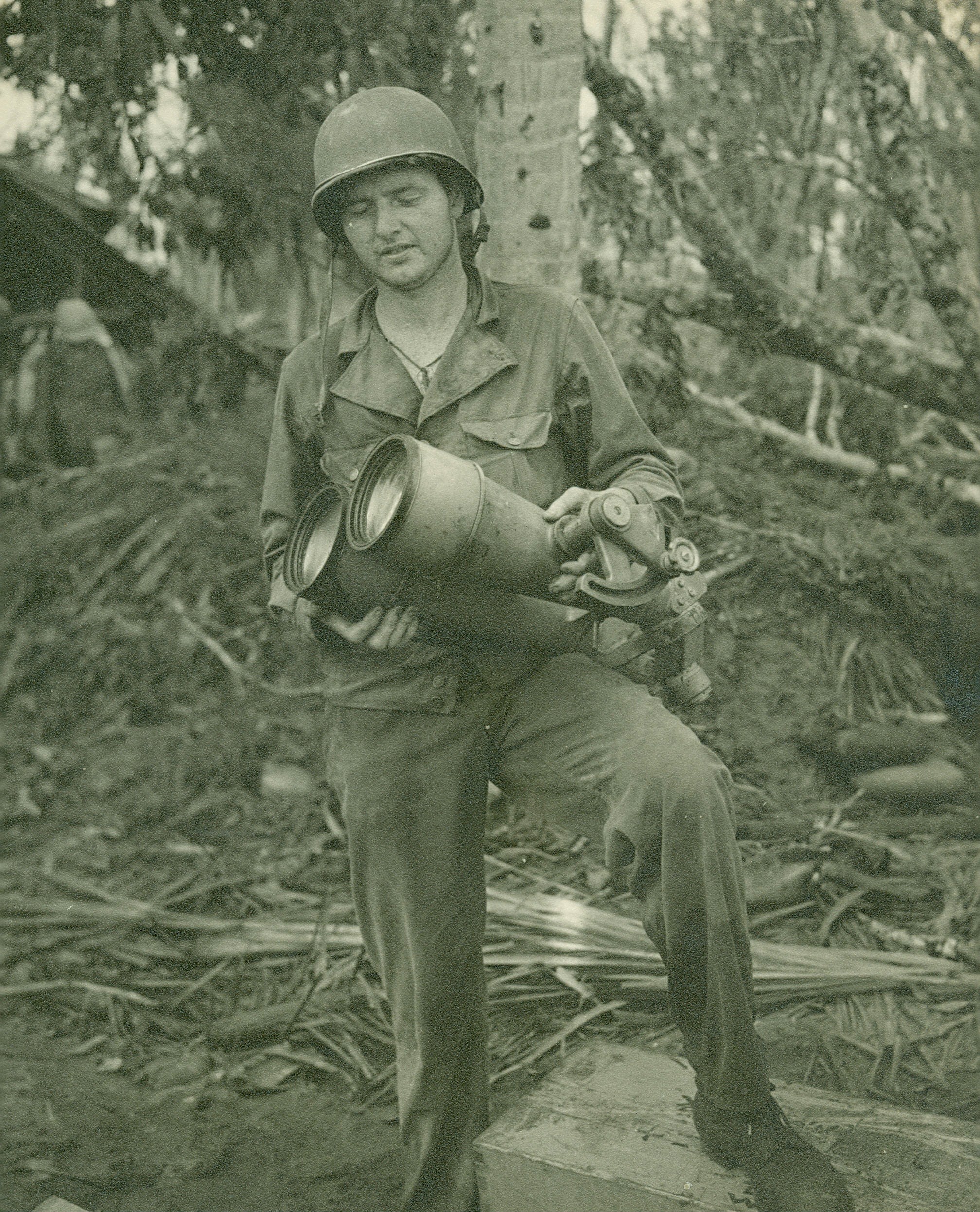In 1942, after Pearl Harbor and the other dark days of December 1941, the U.S. Army was embarking on a long hard struggle against the Japanese forces in the Pacific. The Battle for Buna, starting November 16, 1942, was the first land victory achieved; however, this victory was hard won by the soldiers of the 32nd Infantry Division. It is not a figure of speech to say they sacrificed blood, sweat and tears to overcome the Japanese forces entrenched on the northern coast of New Guinea.
The tactical importance of the Buna battle exceeded the size of the two small settlements involved--Buna Mission and Buna Village--which consisted of huts and a couple of buildings. The Japanese forces were on the move. To the Allies, it looked as though the invasion of Australia was imminent, a threat that they had to prevent. The only town in New Guinea, Port Moresby, located on the other side of the island, was just across the Coral Sea from Australia, and it was essential that Port Moresby be kept out of Japanese control. Then, too, the Buna area had an airfield which the Allies wanted to prevent the Japanese from using and which they themselves could use as a base to aid their own operations.
The misery and the challenge that the men of the 32nd Infantry Division faced during their two months of battle defies description. The original intelligence estimates were that 300 of the enemy were present, but, in reality, there were at least several thousand. As the assault began, it became apparent that the
Japanese would not be easy to defeat.
The enemy carried on a strictly defensive battle in their reinforced bunkers. They picked their bunker sites well and were expert in camouflage. They used earth and palm fronds and other native plants skillfully to make them hard to spot both from the air and from the ground. The soldiers who were trying to root out the entrenched Japanese soldiers could only find them by close patrolling. The Japanese weapons had no muzzle flash to give away their position, and the thick walls repelled rifle and machine gun fire. As the American troops had no flamethrowers, the battle became one of storming each fighting position and attempting to throw a grenade into the firing slit of the bunker.
As the battle continued, the lack of adequate supply lines and the tropic weather conditions hurt the American troops. They were hungry, sick, and constantly wet from the swampy conditions, and the high temperature and humidity were breeding grounds for illness. Due to problems with the supply line, at times the rations were cut to one sixth of a Aca,!A"CAca,!A? ration a day, far less that a fighting man needed. Insects, too, were determined foes. Casualties from disease and wounds mounted.
In the end, though, thanks to a change in command, better air support, and improved delivery of supplies, the American Army prevailed. The enemy was defeated, but at a high cost: 620 Americans killed, 2065 wounded, 132 missing, and many of the rest of the Division sick with tropical diseases. The Buna campaign was long, difficult and heartbreaking, but our eventual victory is remembered today as a tribute to the determination of American Combat Soldiers, regardless of the obstacles they encountered.



Social Sharing